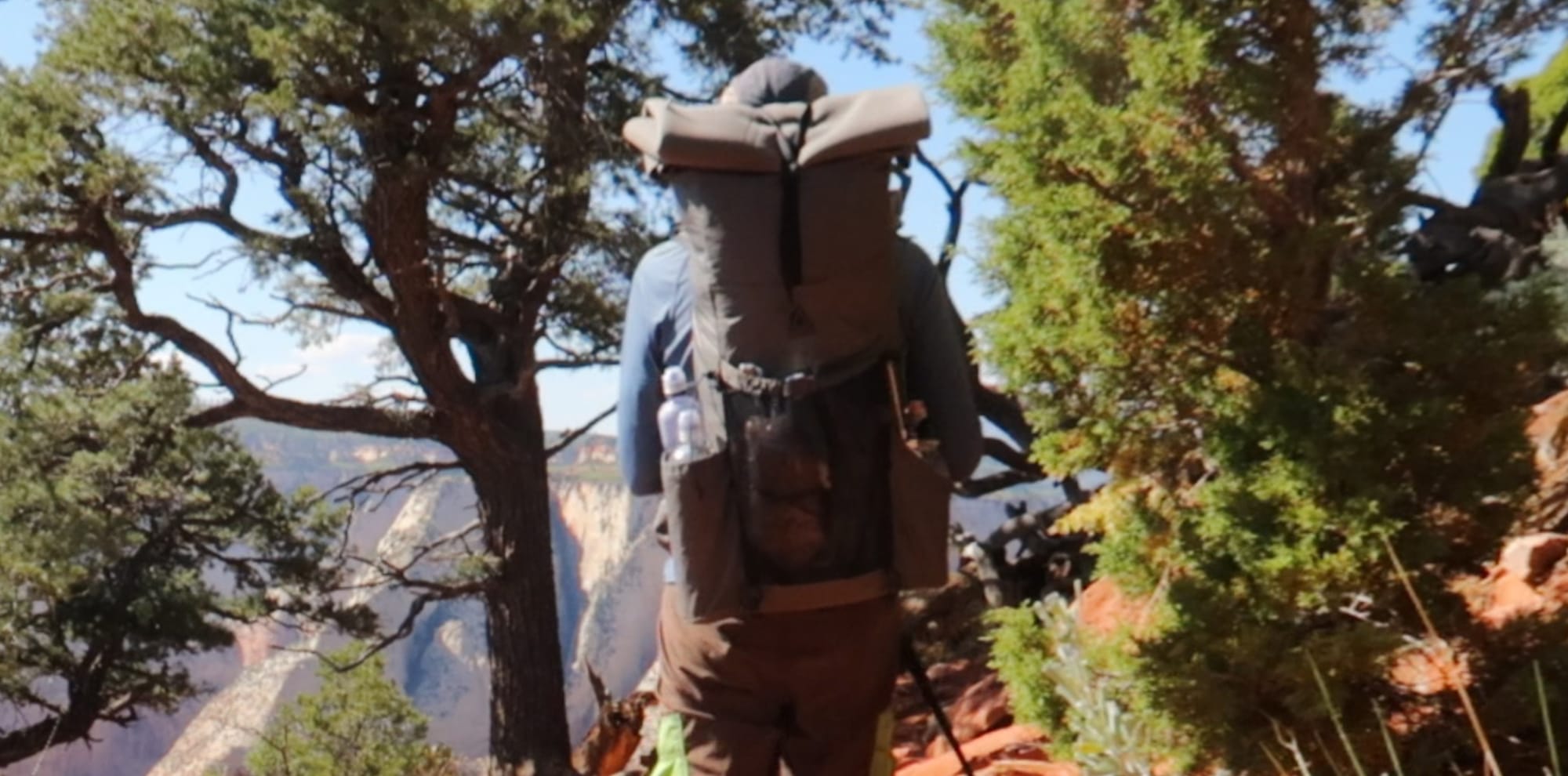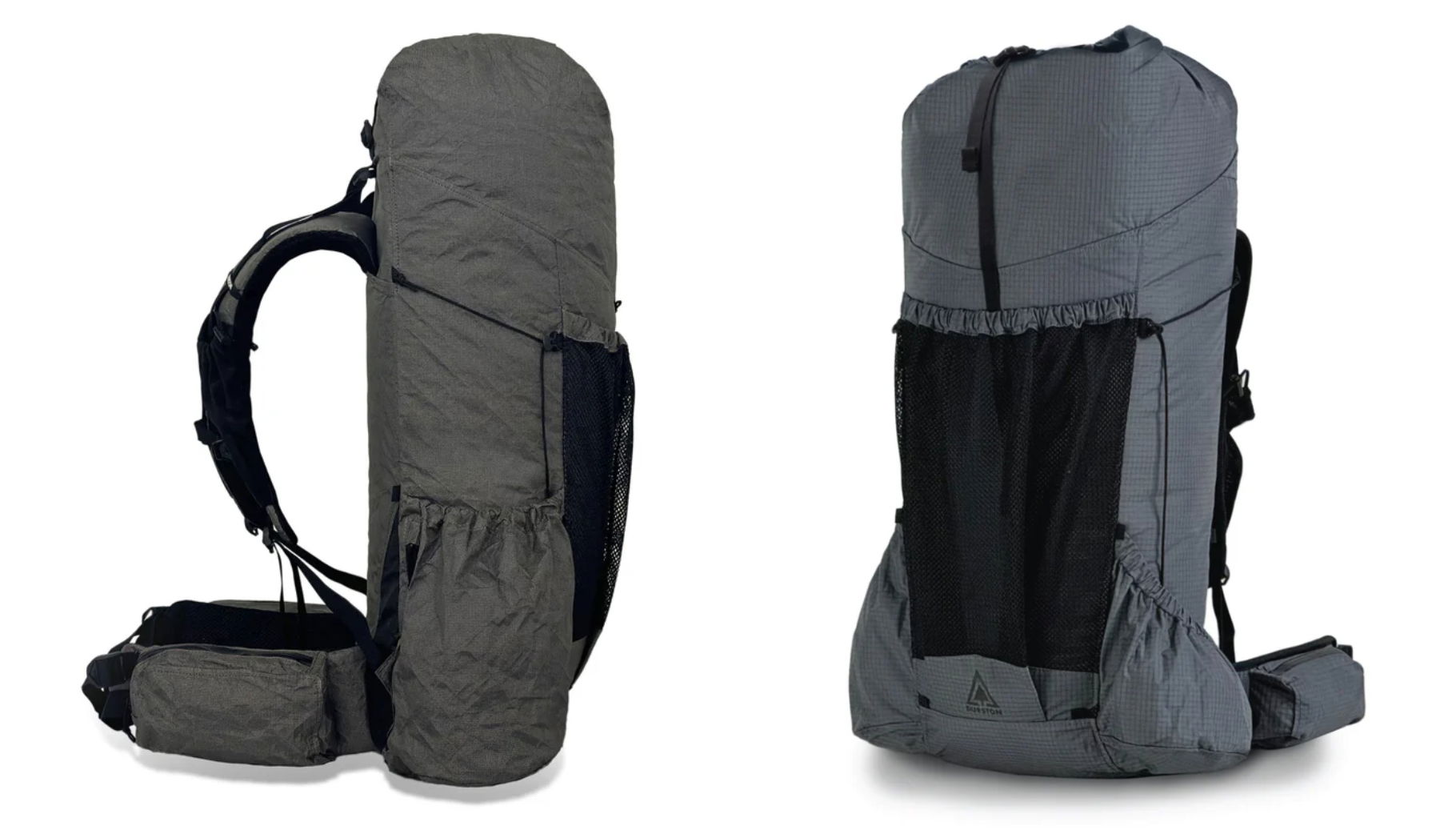Durston Kakwa 40 Backpack Review

Dan Durston is the story behind the Kakwa 40, and, in fact, behind all of Durston Gear. He’s an engineer/designer with a bunch of trail experience, which informs all of his work to solve real world problems. Well, at least this is what he puts forward in his marketing materials. And an honest observer might need to admit that he’s shaking up the outdoor industry a bit in very positive ways. The model is very similar in other cottage gear companies, such as Nemo, CNoc, Outdoor Vitals, and many others. These companies are making a difference because they are involved, listening, and addressing weaknesses ignored by larger gear companies, much to the delight of their customers - and banking it.
Carrying gear that I classify as “light comfort” is very important to me. Light comfort gear is durable, as light-weight as possible, reasonably affordable, and comfortable. The Kakwa 40 meets this criteria.
My go-to pack for several years was the Mariposa 60 from Gossamer Gear. I put a couple thousand miles with that pack. It’s a good pack. The only issues I had with it was that, for my body type, anything over 30 pounds would get too uncomfortable with that pack and, after I tuned my kit, I ended up needing less than 60 liters of space. I’m speaking of the Mariposa model that was around in 2018. I can’t speak to any recent versions. So, my criticism is framed for that specific model. Gossamer Gear is always improving their gear, and so this may not be true anymore. However, at the time, I needed a pack that would more comfortably carry heavier loads when I needed it to, without exceeding an empty weight of 2 pounds.
When I read about the engineering that Dan put into increasing the comfortable load carrying ability of the Kakwa, confirmed by users, I needed to test it for myself.

Well, the short of it is that two years later, the Kakwa 40 is still my primary pack.
I can confirm that this pack has carried up to 35 pounds comfortably for me. Durston advertises the comfortable carry is up to 45 pounds. I very likely won’t ever reach that limit. The credit for this beastly attribute is the hollow aluminum frame which provides both vertical and horizontal structure, allowing for better weight distribution.
The material on my pack is the Ultra 200X. They also offer the UltraGrid material, which has slightly different characteristics – I wouldn’t say “better”, it just depends on what characteristic is important to you. I’ve had this pack in the rain without a cover and have had no problems with the contents of my pack getting wet. Of course, I have every critical item in waterproof sacks inside my pack. So, this is somewhat of a non-issue for me. Regardless, it’s good to know that the inside of the pack has stayed dry.
The pack I have is the large torso size and it weights, on my scale, 2.0 pounds. One difference I’ve noted is that it’s a narrow pack, but it still fits my BV450/BV500 bear canister, both vertically and horizontally.
One feature I really enjoy are the large hip pockets with waterproof zippers that can easily be (un)zipped one-handed. Many hip pockets I’ve had in the past required me to hold the pocket steady with one hand and (un)zip with the other.
The hipbelt has a dual strap, which really makes my pack feel very snug around my hips. I can feel the weight settle on my hips nicely, making the shoulder strap and load-lifter adjustments a lot more intuitive.
The s-shaped shoulder straps have sewn-in pockets that are big enough to hold a .7 liter water bottle; a 1 liter is a bit too much for me. I normally carry my phone in one pocket and my GPS unit in the other. But they could be used for sunglasses, bear spray, etc. My previous packs didn’t have these, so I bought them separately.
There’s a small zipper-access compartment in the left side pocket. I’ve started using this for my wallet and car keys. The suggested use is for hat, mitts, and maps; but whatever is put in this compartment reduces the space available in the pocket. I’ve started using this for my wallet and car keys, because it’s in a hard to get to place while hiking and I don’t have a better use for it.
The Y-compression strap on the top has been perfect for my sit pad or things like my rain jacket for those on-again-off-again rainy days. If I had to carry my bear canister outside my pack, it would accommodate that.
I’ve had my Kakwa 40 for two years. There’s about 1000 miles on it without a single bit of wear, except for one small abrasion on the back mesh – not even big enough to repair. It’s practically brand new. Very durable construction!
What would I change?
The sternum strap was a failure for me. It fell off on one trip. I didn’t even notice until I got to camp. Obviously, I don’t have it connected all the time. But when it was gone I missed it. So, I bought an off-brand replacement that had a much more secure fitting.
Also note that this is not a true 40L pack. My large torso size has an internal volume of 39 liters and an external volume (the capacity of the pockets) is 15 liters for a total of 54 liters. So, this is only 6 liters smaller than my Mariposa. The website has all the specifications for the pack.
Conclusion
There’s just everything to like about this pack. If ever my volume requirements increase, I would definitely consider the Kakwa 55.